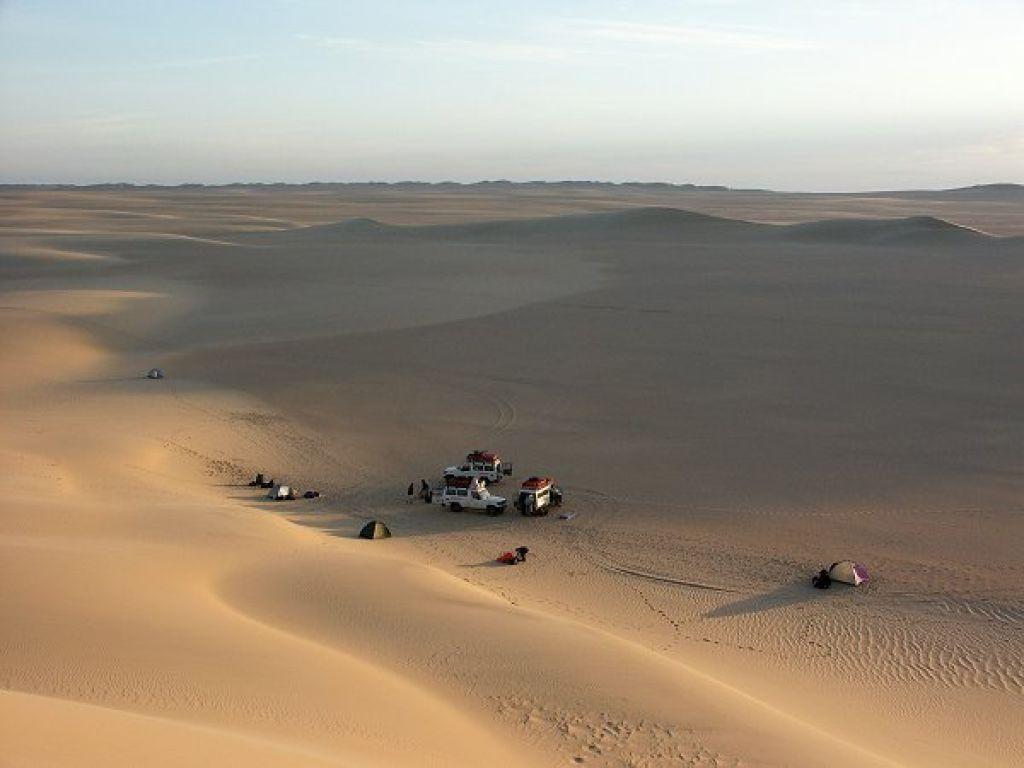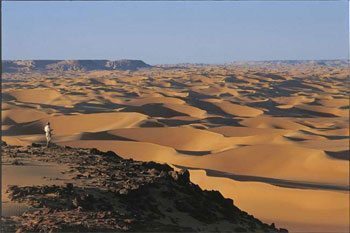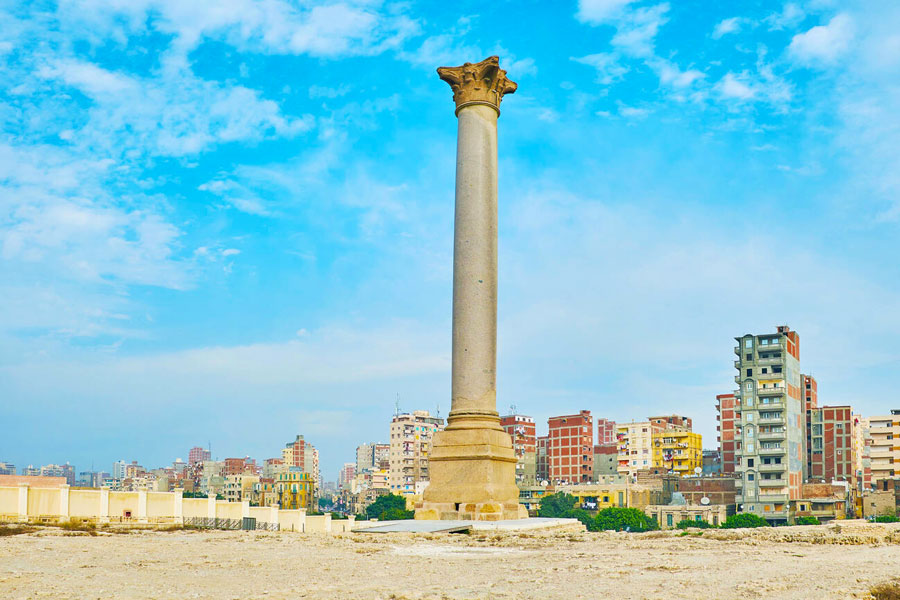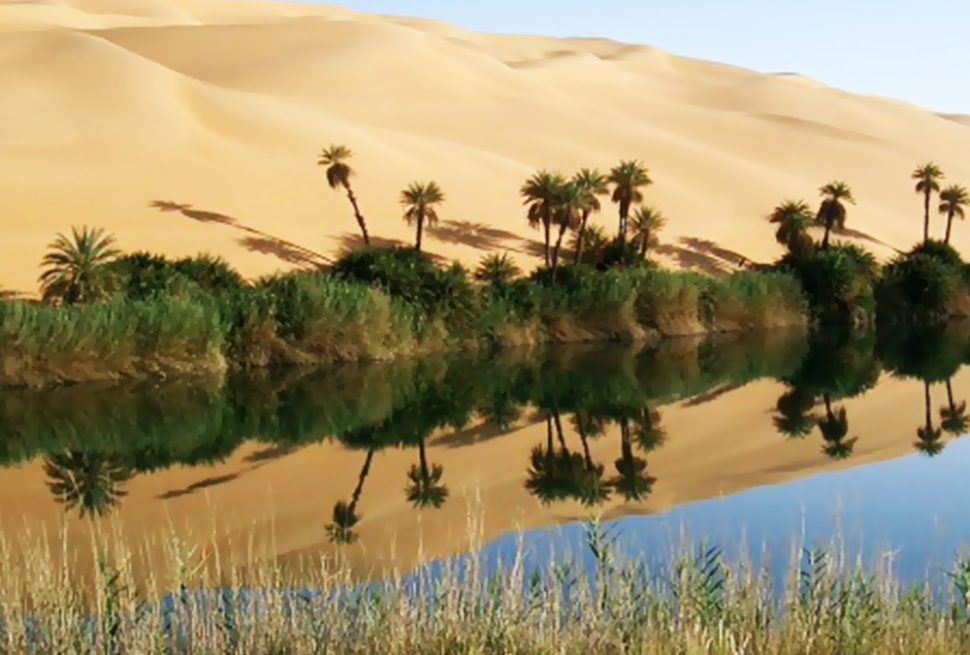The Grand Sand Sea is not a sea—it’s a breathtaking expanse of sand that forms one of the most fascinating destinations for an Egypt desert safari. Stretching across the boundaries of Egypt and Libya. One of the Sahara Desert’s most majestic and mysterious landscapes, this vast study, filled with never-ending rolling dunes, has been wind-sculpted for millennia. The Grand Sand Sea is a beautiful, remote, and lonely place that serves as a glimpse into a world preserved over in time. Be it for natural wonders, geological enigmas, or metaphorical whispers from history-the golden sea offers an opportunity for present-day performers to come and see the raw uncurated heart of this wild desert desert.
What Is the Great Sand Sea?
The Great Sand Sea, a huge field of sand dunes in the Sahara Desert, spans the border in western Egypt and eastern Libya. Covering about 72,000 kilometers square, it is one of the largest dune fields in the world. Most of it lies within Egypt’s Western Desert, which does make it quite a rare landscape for modern adventurers and desert nomads.
The sea is not a body of water but rather a “sea” of sand-an ocean of golden dunes that can rise up to 300 ft or so. Walking around in these sands, protected by silence, makes one feel otherworldly-rightly so, it is an experience to be seen and felt.
Geological Marvel
Over millions of years, great winds sculpted the landscape of the Great Sand Sea, carving the sand dunes into crescent shapes called Barchans. These slowly migrating dunes of the Great Sand Sea form elegant designs that are best viewed from a mountaintop or reckoned with from drone views.
Beneath the sands lies another intriguing secret: the Libyan Desert Glass. This rare and naturally occurring glass is posited to have been formed about 26 million years ago when a meteorite exploded somewhere above the desert, fusing the sand beneath into a greenish-yellow glass. The Ancient Egyptians were greatly interested in this material-a piece of which even found its way into the tomb of King Tutankhamun.
Historical Significance
The Great Sand Sea, though seemingly empty, has had quite a long history. Ancient trade routes used to go through parts of this desert, linking sub-Saharan Africa to the Mediterranean world. It also shelters traces of prehistoric life-rock carvings and fossils-that stand as proof that humans and animals once walked through this arid expanse.
The Western Desert, including parts of the Great Sand Sea, was a field of battles during World War II. Rommel’s Afrika Korps and British forces under General Montgomery maneuvered through these difficult terrains. Now, the remains from that time-like some vehicle parts and even unexploded ordinance-can still be found in remote corners.
A Modern-Day Paradise for Explorers
Today, the perception of the Great Sand Sea as an untamed terrain has brought more popularity from the eco-tourism and adventure travel sectors. Typically, the sea is reached from the oasis town of Siwa, if not at least near the edge of the desert for the start of guided miles into the dunes.
Visitors can experience the desert in a variety of ways:
4×4 Desert Safaris: Driving with adrenaline waves over the dunes with the local Bedouin guides.
Sandboarding: The favorite activity of all thrill seekers coming down these massive dunes with boards.
Stargazing: Stars, constellations, and the Milky Way come alive due to no light pollution.
Camping: Spend the whole night sitting down under the stars-uninterrupted peace of the Sahara in silence.

Protecting the Great Sand Sea
With the rise of interest and concern in desert tourism, environmental issues are at stake. Tour operators and visitors are now encouraged to abide by strict eco-friendly guidelines: take only pictures, leave no trace on the desert, and respect the fragile desert ecosystem. It is against Sustainable tourism that this pristine environment can be conserved for the future generations.
The Great Sand Sea is more than a simple desert-it is a voyage into the heart of nature, history, and eternal silence. It is a stark contrast to the public noise and commotion of city life, allowing travelers to reconnect with Mother Earth in one of its primitive forms. Those seeking a once-in-a-lifetime experience in Egypt tour should heed the call of Great Sand Sea.




